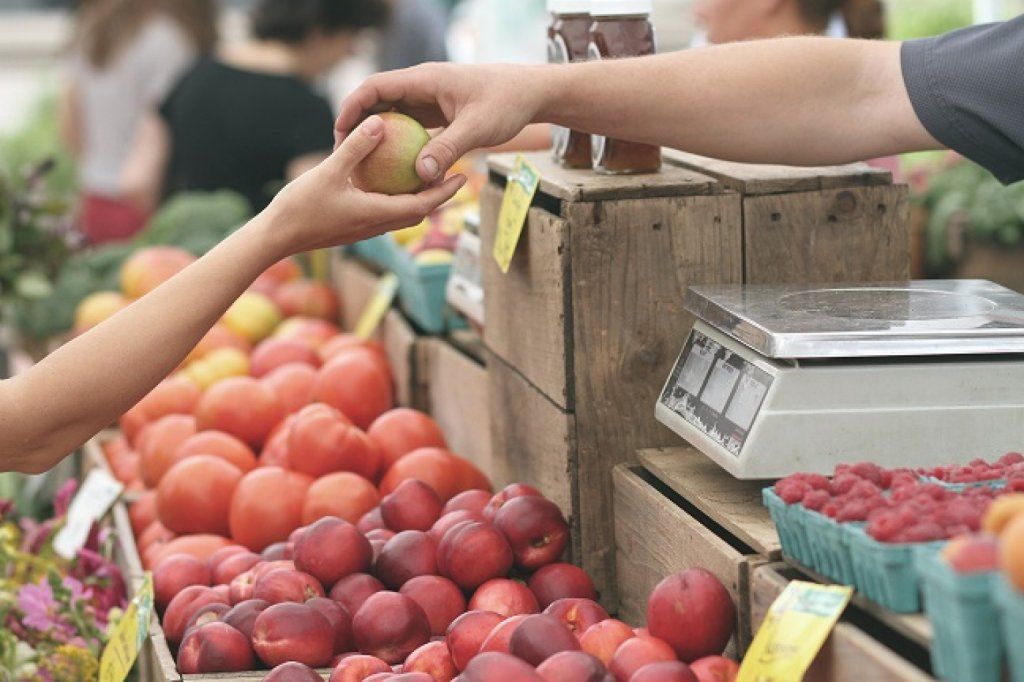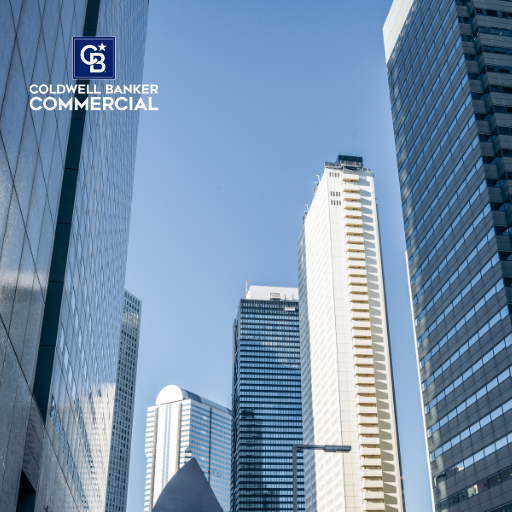Retailers Face Competition in Grocery and Apparel – Here’s Why

With the market changing over time, retailers in the grocery and apparel sectors are having to constantly rejigger their techniques in order to stay relevant. Let’s break down the facts so that you have a better chance of coming out on top when the competition gets tight.
What’s Going on Here?
The growth of e-commerce affects all retailers to a certain degree, but arguably some more than others. With online shopping accelerating at a rapid rate – it’s estimated that it accounted for nearly 20 percent of total U.S. sales during the holiday season – the brick-and-mortar channels are finding themselves looking over their shoulders.
Grocery and apparel retailers in particular are seeing intensified competition this year thanks to more competition from present players as well as new entries in the field. When it comes to the grocery sector, there are two factors: first, a wave of European retailers getting ready to enter and grow in the U.S., and second, greater convenience and services are resulting in heightened competition. The German chain Aldi is becoming a key player here, as is its competitor Lidl – both of which plan to enter the U.S. market this year. Additionally, enhanced service offerings on the part of emerging players is making the market tighter than ever for this segment.
When it comes to apparel, we’re looking at Amazon’s entry into the fashion industry as well as an increasing comfort with the idea of buying clothes online as major disrupters to the status quo. According to Euromonitor estimates, U.S. apparel and footwear sales totaled nearly $385 billion in 2016. That was a five-year compound annual growth rate of just over 2 percent.
So How to Compete?
As with all showdowns, distinguishing oneself from the pack is key. Adaptation of this sort first means recognizing that consumers are demanding changes en masse, and these changes are often a direct result of the rise of e-commerce over the last decade.
Moreover, with department stores extending promotions and discounts as a means of bringing customers back into stores, there is a risk of this tactic backfiring. Not only can it leave a store looking picked clean, but it can dilute the brand as well. What’s more, customers become accustomed to waiting for discounts and ignoring items when offered at full price.
With significant closures expected this year and in years to come – particularly in apparel – brands must harness their flexibility, creativity, and diversity in order for their approaches to best target a newly savvy sort of consumer. One idea in this vein is that of a pop-up, which not only offers creative control of the brand experience, but reduces overhead and other associated costs. Moreover, they can be held in places other than malls, further emphasizing flexibility.
The grocery equivalent of this is food trucks, which have seen a huge spike in popularity in recent years. It’s definitely possible to drive sales and traffic in this direction while appealing to the consumers who are laying down their hard-earned cash.
Written by Nicole Epps Brzyski for Coldwell Banker Commercial Affiliates
A Trusted Guide in Commercial Real Estate
Coldwell Banker Commercial® provides Commercial Real Estate Services from Property Sales and Leases, to Property Management. Learn how our expansive network of Independently Owned and Operated Affiliates and Real Estate Professionals use their in-depth knowledge of the local market and industry trends to help businesses and investors navigate the complexities of the commercial real estate landscape.






